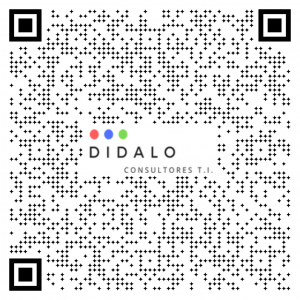Se denomina inteligencia empresarial, inteligencia de negocios, inteligencia comercial o BI (del inglés business intelligence), al conjunto de estrategias, aplicaciones, datos, productos, tecnologías y arquitectura técnicas, los cuales están enfocados a la administración y creación de conocimiento sobre el medio, a través del análisis de los datos existentes en una organización o empresa.
Que herramientas utilizamos?
Google Data Studio es una plataforma de Google que integra los datos obtenidos de distintas herramientas como Google Adwords, Google Analytics, Search Console, YouTube Analytics, e incluso Hojas de Cálculo, con el fin de obtener informes detallados, resultado de los diferentes datos.
Facilita la creación de presentaciones a medida e informes personalizados a través de dato a tiempo real que te ayudarán a obtener conclusiones acerca del rendimiento de tus estrategias de marketing. Dicha herramienta de visualización de datos, es gratuita y tiene bastante buena usabilidad.
Power BI es un servicio de análisis empresarial de Microsoft, su objetivo es proporcionar visualizaciones interactivas y capacidades de inteligencia empresarial (en inglés: business intelligence o BI) con una interfaz lo suficientemente simple como para que los usuarios finales creen sus propios informes y paneles.
People think focus means saying yes to the thing you’ve got to focus on. But that’s not what it means at all.
Building into the identity and culture of an agency can also lead to new client work. These projects act as a road map, showing clients exciting new technologies and ideas that will differentiate you from competitors. One of our earliest projects turned our website into a brochure, optimized for the first iPad’s touch interactions. By demonstrating the final product, we went on to win a project to create a similar product for a new client.
How To Make Side Projects Work
 We’re still working on achieving that perfect balance between commerce and creativity. But we have fresh inspiration on how it’s done from having worked on ux companion. The app gained a popular following in early October, as one of the first native apps to offer a full glossary of user experience terms and theory — but the development process was definitely a learning process.
We’re still working on achieving that perfect balance between commerce and creativity. But we have fresh inspiration on how it’s done from having worked on ux companion. The app gained a popular following in early October, as one of the first native apps to offer a full glossary of user experience terms and theory — but the development process was definitely a learning process.
Commercializing side projects alongside client work isn’t easy. Even if such projects are intended to generate additional revenue streams, they are not directly related to your core business. Those with a more qualitative aim, such as promoting expertise or technological experimentation, are even harder to justify.
A significant shift in mindset is required to support either type of side project — weighing the longer-term, incremental benefits against committing what would otherwise be immediately billable time. Many agencies do this with a time-bound model of 80% client time versus 20% time, inspired by Google’s successes with Gmail and Google Reader which they have since (tellingly) phased out. I’d instead recommend the following guidelines.







Nos encuentras